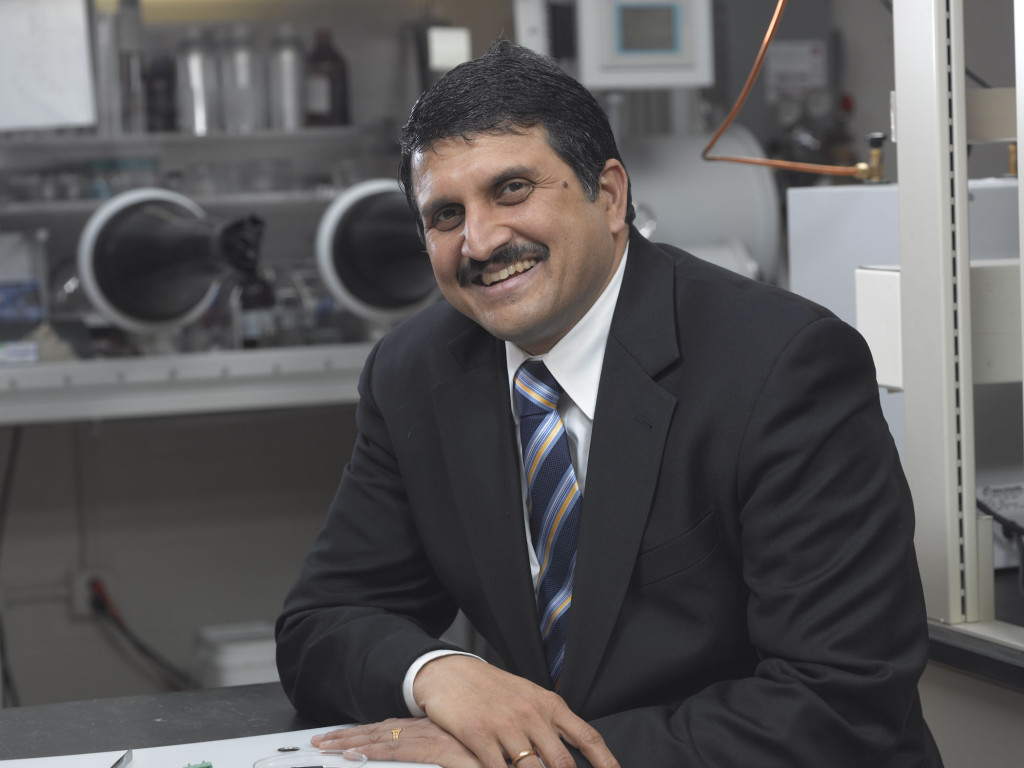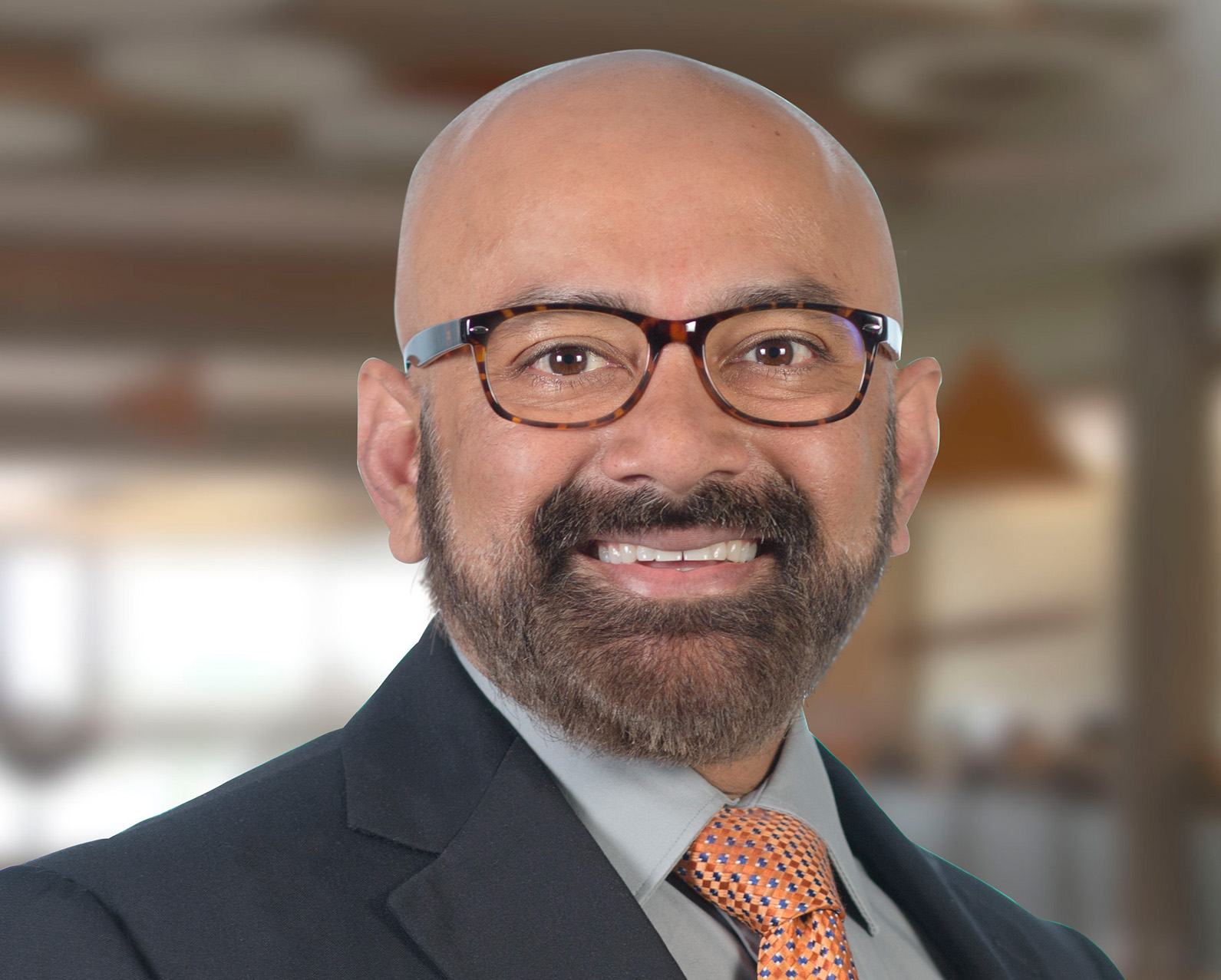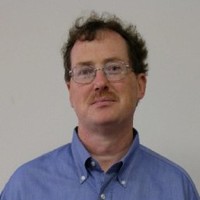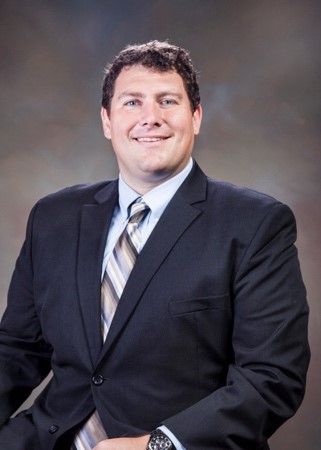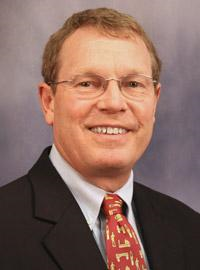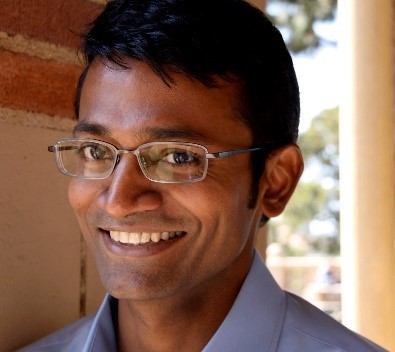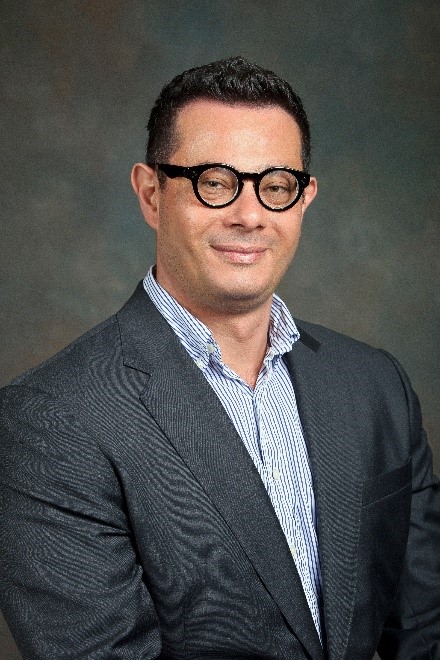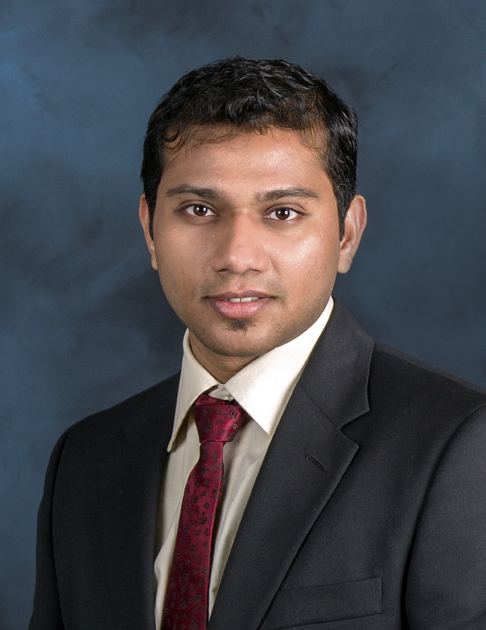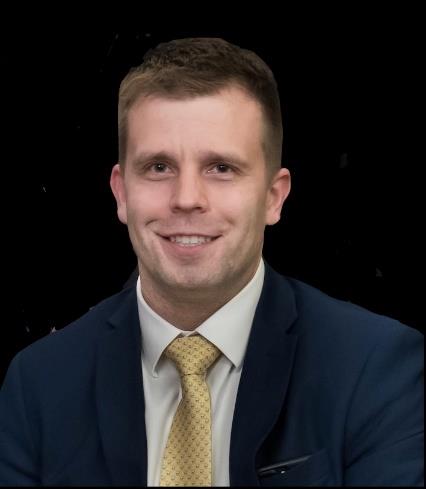Materials Science & Engineering
MSE Seminars
April 21, 2021: "Bioresorbable Metals - A Panacea for Regenerative Medicine" by Prashant N. Kumta
Prashant N. Kumta
Swanson School of Engineering and School of Dental Medicine, University of Pittsburgh, Pittsburgh, PA, USA
Seminar Info:
Wednesday, April 21, 2021
11am - 12pm
Platform - Zoom Meeting
Join Zoom Meeting @ tinyurl.com/y6abez76
Meeting ID: 974 1030 6933 | Passcode: Seminar
Bioresorbable Metals - A Panacea for Regenerative Medicine
Tissue engineering and nanotechnology are synonymous in transforming the biomaterials field. New bioresorbable materials have emerged with unprecedented beneficial outcomes for a variety of tissue engineering applications. Ideal bioresorbable ‘smart’ scaffolds and implants enabling soft and hard tissue regeneration still remain elusive. In particular, critical sized segmental bone and tracheal defect healing, reconstruction and regeneration still presents major challenges. Bioresorbable metals are a new exemplar in biodegradable systems. This presentation will discuss the efforts to engender bioresorbable metallic scaffolds and strategies to generate devices with tailored multifunctional load bearing and ultra-high ductility (UHD) attributes demonstrating the potential for achieving mineralized tissue regeneration and tracheal healing, reconstruction as well as restoration. Results of the in-vitro and invivo assessment in relevant animal models will be presented and discussed highlighting the efficacy of these systems offering a palette of revolutionary clinically relevant treatment options for myriad debilitating traumatic bone and tracheal related injuries and ailments.
Previous Seminars
- Spring 2021
April 21, 2021: "Bioresorbable Metals - A Panacea for Regenerative Medicine" by Prashant N. Kumta
Prashant N. Kumta
Swanson School of Engineering and School of Dental Medicine, University of Pittsburgh, Pittsburgh, PA, USA
Seminar Info:
Wednesday, April 21, 2021
11am - 12pm
Platform - Zoom Meeting
Bioresorbable Metals - A Panacea for Regenerative Medicine
Tissue engineering and nanotechnology are synonymous in transforming the biomaterials field. New bioresorbable materials have emerged with unprecedented beneficial outcomes for a variety of tissue engineering applications. Ideal bioresorbable ‘smart’ scaffolds and implants enabling soft and hard tissue regeneration still remain elusive. In particular, critical sized segmental bone and tracheal defect healing, reconstruction and regeneration still presents major challenges. Bioresorbable metals are a new exemplar in biodegradable systems. This presentation will discuss the efforts to engender bioresorbable metallic scaffolds and strategies to generate devices with tailored multifunctional load bearing and ultra-high ductility (UHD) attributes demonstrating the potential for achieving mineralized tissue regeneration and tracheal healing, reconstruction as well as restoration. Results of the in-vitro and invivo assessment in relevant animal models will be presented and discussed highlighting the efficacy of these systems offering a palette of revolutionary clinically relevant treatment options for myriad debilitating traumatic bone and tracheal related injuries and ailments.
- Fall 2020
November 4, 2020: "Characterizing the Mechanical Properties of Shale" by Dr. Raman Singh
Dr. Raman Singh
Associate Dean for Engineering at OSU-Tulsa
Professor & Head, School of Material Science and Engineering
Professor, School of Mechanical & Aerospace Engineering
Helmerich Family Endowed Chair Professor of Engineering
Director, Helmerich Research Center
Seminar Info:
Wednesday, November 4, 2020
11am - 12pm
Platform - Zoom Meeting
Characterizing the Mechanical Properties of Shale
A novel experimental technique is used to determine the orthotropic and bimodulus properties of dry Oklahoma shale. Circular specimens are loaded in diametral compression using the Brazilian disk configuration and full-field strains are monitored using digital image correlation. An over-deterministic least-squares approach is used to analyze the experimentally determined strains in conjunction with analytical expressions of the strain fields under elastic loading conditions. Tests are conducted using specimens loaded in two directions, namely, parallel and perpendicular to the bedding planes. The analysis of these two tests yield the elastic moduli along the two principal material axes under both tension and compression. In addition, the analysis at the point of failure is used to determine the tensile failure strengths along the two principal material directions. The technique is used to determine the properties of three different Woodford shale materials from the Anadarko and the Anarko basins. It is found that considerable variations in elastic anisotropy and strength anisotropy are possible depending on the shale source. This has important implication on the use of shale properties to predict hydraulic fracturing parameters that will lead to optimum yield.
October 28, 2020: "The Catalytic Converter: Its Impact on Emissions from Mobile Emission Sources (Gasoline/Diesel; Technology Requirements & Current State-of-the-Art Designs: Architecture and Materials" by Dr. John Nunan
Dr. John Nunan
Technology Director, North America; Umicore Autocat USA
Seminar Info:
Wednesday, October 28, 2020
11am - 12pm
Platform - Zoom Meeting
The Catalytic Converter: Its Impact on Emissions from Mobile Emission Sources (Gasoline/Diesel); Technology Requirements & Current State-of-the-Art Designs: Architecture and Materials
The introduction of Catalytic Converters in the mid 1970s has led to a dramatic reduction in the emissions from both gasoline and diesel powered vehicles (termed mobile emission sources). The emission components eliminated by the converter include carbon monoxide (CO), hydrocarbons (HCs), nitrogen oxides (NO & NO2) and particulates (PM). In the case of gasoline vehicles the most recent EPA legislated emission standards for 2025 will result in greater than a 99.5% average reduction in tailpipe HC + NOx emissions as compared to an average gasoline powdered vehicle without a catalytic converter in the 1960s. For CO the mandated emission reductions will be of the order of 85%.
Eliminating all three emissions simultaneously from the engine exhaust requires we simultaneously oxidation CO & HCs to CO2 and H2O while at the same time achieve the reduction NOx to N2. This simultaneous oxidation-reduction catalysis requires highly specialized catalysts and can only be achieved by the use of expensive and rare metals known as the precious group metals (platinum, palladium and rhodium). Further, unlike more typical idealized industrial catalytic systems, the catalytic converter has an operating temperature range varying from room temperature to over 1000oC, high and varying exhaust gas velocities, varying exhaust composition as determined by the vehicle operation as we go from cold start (initial engine ignition) to high speed driving inclusive of large accelerations and deaccelerations.
The seminar will focus on the state-of-the-are strategies used to meet the legislated emissions standards from the catalyst development point of view. These standards must be met at the mandated end of life of the vehicle (150,000 miles of driving) while at the same time minimizing the cost of the emission system, especially in terms of precious metal usage. Achieving these targets has resulted in the development of highly specialized supports for the precious metals, especially Rh and the introduction of advanced “oxygen storage materials” that enable essentially 100% conversion over varying exhaust composition ranges.
Currently there is a major concern about the availability and cost of the precious metals, especially Rh. Automotive emission control catalysts current utilize most of the Rh mined in the world. Today its cost per tr oz (31.1035 grams) is in the range of $14,000/tr oz as compared to $1,900 for gold.
September 9, 2020: "Overview of Materials Technology" by John L. Lombardi, Ph.D.
John L. Lombardi, Ph.D.
Chief Executive Officer
Ventana Research Corporation
Tuscon, ArizonaSeminar Info:
Wednesday, September 9, 2020
11am - 12pm
Platform - Zoom Meeting
Overview of Materials Technology
Materials are an important and integral part of modern society. This presentation will provide an overview of various materials technologies from the viewpoint of a chemist who turned into a materials scientist and later evolved into an entrepreneurial small business R&D executive. Skills gained in these areas were most recently unexpectedly leveraged into a secondary career as a successful forensic materials and chemical science expert witness in numerous civil and criminal courtroom cases.
- Fall 2019
November 20, 2019: "Using Statistical Design Methods to Plan Experiments" by Johnathan L. Bell, Ph.D.
JONATHAN L. BELL, PHD
OPERATIONAL EVALUATION DIVISION
INSTITUTE FOR DEFENSE ANALYSES
4850 MARK CENTER DRIVE, ALEXANDRIA, VA 22311
Seminar Info:
Wednesday, November 20, 2019
11am - 12pm
Room 153, Helmerich Research Center Oklahoma State University, 526 North Elgin Ave, Tulsa, OK 74106
Using Statistical Design Methods to Plan Experiments
Statistical methods, such as Design of Experiments (DOE), are used throughout the Department of Defense to design tests of military systems. DOE offers a structured and objective way to allocate test points efficiently and assess the extent of testing required across a complex operational space. In academic research, there is often not a strong collaboration between engineering and statistics communities, and DOE is used less commonly to plan academic experiments. Using an example of optimizing the flexural strength of a composite inorganic binder system, this briefing will discuss the advantages of planning the experiment using a DOE approach.
November 13, 2019: "Electronic and Optical Materials Science and Engineering at Sandia National Laboratories" by Ryan P. Haggerty, Ph.D.
Ryan P. Haggerty, PhD
Electronic, Optical & Nano Materials Department
Material, Physical and Chemical Sciences Center
Sandia National Laboratories
Albuquerque, NM 87185-1411Seminar Info:
Wednesday, November 13, 2019
11am - 12pm
Room 153, Helmerich Research Center Oklahoma State University, 526 North Elgin Ave, Tulsa, OK 74106
Electronic and Optical Materials Science and Engineering at Sandia National Laboratories
Born out of the Manhattan Project, Sandia National Laboratories has a long history of innovation in materials science and engineering to meet mission critical needs. Sandia’s core mission is to advance technology to ensure global peace. With such broad aspirations, Sandia must utilize extensive facilities to create and analyze novel materials to produce innovative electronic and optical material solutions for a variety of applications. To support our energy security goals Sandia is producing lower temperature sodium batteries for grid scale storage. To reduce the price of NH3 and thus make fertilizer less expensive, Sandia is producing novel catalysts to reduce the temperature of nitrogen reduction reactions. For global access to clean water, Sandia is developing chlorine tolerant graphene oxide desalination membranes. Sandia also drives towards fundamental understanding of novel materials like metamaterials for better optical detectors or thermal sprayed coatings for environmental protection. An overview of Sandia’s work in these areas and more will be presented as well as opportunities at Sandia for students and collaboration.
Sandia National Laboratories is a multimission laboratory managed and operated by National Technology and Engineering Solutions of Sandia, LLC., a wholly owned subsidiary of Honeywell International, Inc., for the U.S. Department of Energy’s National Nuclear Security Administration under contract DE-NA0003525.
October 9, 2019: "Superconducting Wires" by Eric Hellstrom, Ph.D.
Eric Hellstrom, Ph.D.
Professor, Department of Mechanical Engineering
Florida State University
Tallahassee, FL 32310Seminar Info:
Wednesday, October 9, 2019
11am - 12pm
Room 153, Helmerich Research Center Oklahoma State University, 526 North Elgin Ave, Tulsa, OK 74106
Superconducting Wires
There are several thousand superconducting materials but only a hand full are fabricated into wires and used for practical applications. In 1911 Onnes discovered that first superconducting materials, which have zero resistance below their superconducting transition temperature. He immediately recognized that these materials could carry enormous electrical current. However, these early hopes were dashed because the current in the wire generates a magnetic field that kills the superconductivity. The first practical superconductors were Nb‐based Nb‐Ti and Nb3Sn, the so‐called low temperature superconductors, although they were not called low‐temperature superconductors when they were discovered. The high‐temperature superconductors were discovered in 1986, and the first of these materials vaulted the superconducting transition temperature from 23 K, where it had been stuck for many years, to 35 K – thus the name. This talk with review Nb‐based low temperature superconductors and the high temperature superconductors, and it will end with a review of on‐going work on Bi‐2212 (Bi2Sr2CaCu2O8) wire for high‐field magnet applications.
This research is supported by the US DOE‐HEP, NHMFL, NSF, and the State of Florida.
September 4, 2019: "In Situ Microscopy as a Materials Characterization Tool: Fundamental Understanding of 2D Layer Growth Kinetics and Nanomechanics of Ceramics" by Suneel Kodambaka, Ph.D.
Suneel Kodambaka, Ph.D.
Professor, Department of Materials Science and Engineering
University of California Los Angeles
Los Angeles, CA 90095Seminar Info:
Wednesday, September 4, 2019
11am - 12pm
Room 153, Helmerich Research Center Oklahoma State University, 526 North Elgin Ave, Tulsa, OK 74106
In situ microscopy as a materials characterization tool: fundamental understanding of 2D layer growth kinetics and nanomechanics of ceramics
Current in the wire generates a magnetic field that kills the superconductivity. The first practical superconductors were Nb‐based Nb‐Ti and Nb3Sn, the so‐called low temperature superconductors, although they were not called low‐temperature superconductors when they were discovered. The high‐temperature superconductors were discovered in 1986, and the first of these materials vaulted the superconducting transition temperature from 23 K, where it had been stuck for many years, to 35 K – thus the name. This talk with review Nb‐based low temperature superconductors and the high temperature superconductors, and it will end with a review of on‐going work on Bi‐2212 (Bi2Sr2CaCu2O8) wire for high‐field magnet applications.
This research is supported by the US DOE‐HEP, NHMFL, NSF, and the State of Florida.
August 21, 2019: "Prospects for Targeted Enhanced Permeability due to Eock Damage via Engineered Seismic-Wave Interactions: A Computational Investigation" by Rami M. Younis, Ph.D.
Rami M. Younis, Ph.D.
Associate Professor, McDougall School of Petroleum Engineering
University of Tulsa
Tulsa, OK. 74104Seminar Info:
Wednesday, August 21, 2019
11am - 12pm
Room 153, Helmerich Research Center Oklahoma State University, 526 North Elgin Ave, Tulsa, OK 74106
Prospects for targeted enhanced permeability due to rock damage via engineered seismic-wave interactions: A computational investigation
Our ability to extract hydrocarbons from unconventional subsurface reservoirs is dictated at first-order by the creation of permeable volumes and flow paths under pore-pressure depletion. To date, hydraulic fracturing remains to be the sole engineering mechanism employed to achieve this. Serious concerns pertaining to the resulting low recovery efficiency, reliability in terms of characterization, and risk associated with water disposal are well-recognized by industry and society. This talk presents theoretical efforts to study the prospects of an alternative technology to augment or potentially supersede hydraulic fracturing as a main staple.
Comminution of consolidated porous media is a well-studied phenomenon that is observed in several engineering contexts, including mining, tunneling, and projectile impact. Due to the local release of kinetic energy associated with high shear-strain rate of dynamic deformation, rocks have been observed to fail, and lead to significant permeability enhancement. These observations focus on damage that is local to the source of momentum. In this study, we investigated multiple and shaped source scenarios to affect targeted comminution in low permeability formations caused by the interaction of between the induced seismic pulses. A computational investigation considers a hypothetical laboratory-scale experimental set-up and the results suggest that the characteristic scales of the process are promising.
- Spring 2019
April 17, 2019: "Material Innovations via Non-Equilibrium Laser Nanofabrication" by Ritesh Sachan, Ph.D.
Ritesh Sachan, Ph.D.
Assistant Professor
Department of Mechanical and Aerospace Engineering
Oklahoma State UniversitySeminar Info:
Wednesday, April 17, 2019
11am - 12pm
Room 153, Helmerich Research Center Oklahoma State University, 526 North Elgin Ave, Tulsa, OK 74106
Material Innovations Via Non-Equilibrium Laser Nanofabrication
One of the most effective ways to achieve novel functionalities in nanomaterials is by adopting fabrication methods far-from-equilibrium conditions. Using high energy laser and ion irradiation based non-equilibrium approaches, atomically disordered nanoscale structures are designed, demonstrating highly superior functionalities. A new metastable phase of carbon, Q-carbon, was recently discovered by our collaborative team via laser-induced ultrafast melting and quenching of amorphous carbon. While Q-carbon shows numerous interesting characteristics such as superior hardness than diamond, room-temperature ferromagnetism etc., an important achievement comes in the field of high-temperature superconducting upon B-doping. By incorporating extremely high B-doping (~27 at%) concentration, Q-carbon exhibits superconducting nature below Tc at 55 K, which is the highest among BCS superconductors (40 K in MgB2) and significantly higher than that of B-doped diamond (4 K). Using energetic ion irradiation, the fabrication of atomically disordered complex oxides (A2B2O7) nanochannels is demonstrated that act as selective pathways for fast oxygen conduction in the solid-oxide fuel cells. With guided irradiation, the phase transitions and sculpting of function nanochannels are further presented. With these discoveries, I present the non-equilibrium nanomanufacturing as the pathway to address the toughest challenges in condensed matter physics.
March 13, 2019: "Engineering Personalized Resorbable Devices for Extensive Bone Regeneration" by Lukasz Witek, Ph.D.
Lukasz Witek, Ph.D.
Assistant Professor
Department of Biomaterials and Biomimetics
New York UniversitySeminar Info:
Wednesday, March 13, 2019
11am - 12pm
Room 153, Helmerich Research Center Oklahoma State University, 526 North Elgin Ave, Tulsa, OK 74106
Engineering Personalized Resorbable Devices for Extensive Bone Regeneration
Over 2 million long bone fractures are treated in the United States every year. Although most bone fractures heal spontaneously there is no “gold standard” for promoting bone regeneration in those segmental bone defect due to trauma or infection, devastating medical problems leading to significant disability. The cost of care for initial reconstructive procedures can surpass $50,000 and hundreds of thousands of dollars over time. The development of custom 3D printed biomaterial scaffolds that can fit and fill large bone defects may provide a novel solution and coating these scaffolds with agents designed to promote more rapid and complete bone healing may increase the efficacy of prosthetic scaffolds in healing segmental bone defects.
The application of 3D printing to fabricate personalized bone-forming degradable constructs, composed of calcium- and phosphate-based bioactive ceramic, which would allow rapid bone formation and regenerated bone growth along adjacent structures during skeletal development/remodeling would be an ideal treatment option for reconstructive surgeons, as it would: minimize or eliminate the need for procurement of donor bone and its associated morbidity; and limit increased cost of care. The development of such a treatment option for any skeletal defect would be an unprecedented advance in bone reconstructive surgery for both growing children and adults.

